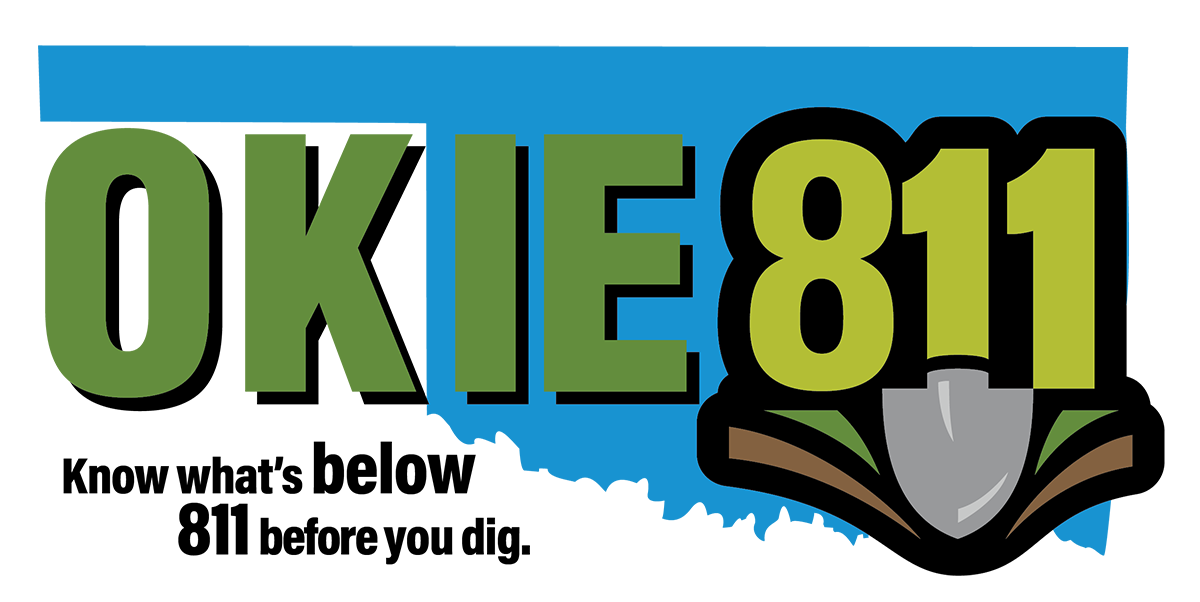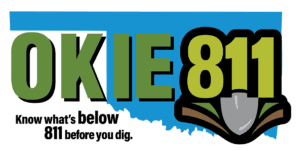Anyone digging must contact OKIE811 to have facility operators locate and mark their underground lines.
What is Ticket Research?
Ticket research is a request to obtain the ticket number or copy of the ticket. This applies to a locate request that has been processed and a ticket number has been issued. It is the responsibility of the excavator to retain the ticket number for future use. If you have your 14-digit ticket number, please use the find ticket feature.
Who Can Request Ticket Research?
Locate request information will only be released to the individual representing the company that requested the ticket.
Research Fee
There is a research fee of $250 per hour with one-hour minimum. Payment is required before proceeding with the research. If the research requires more than one hour, the requestor will be notified.

